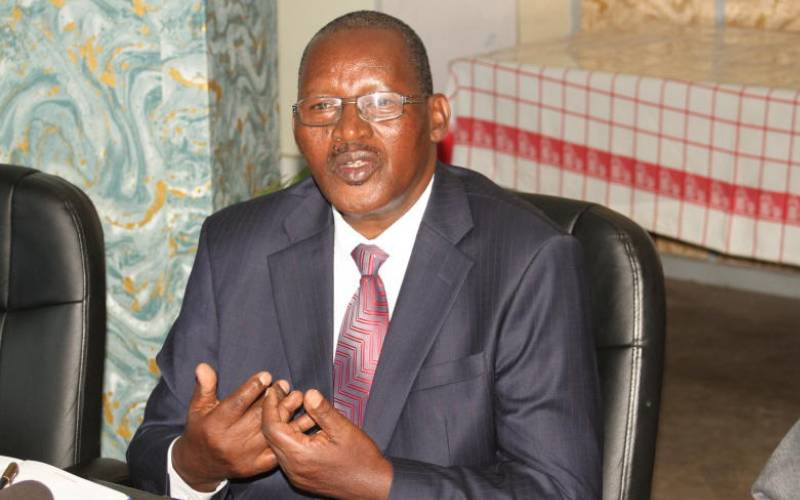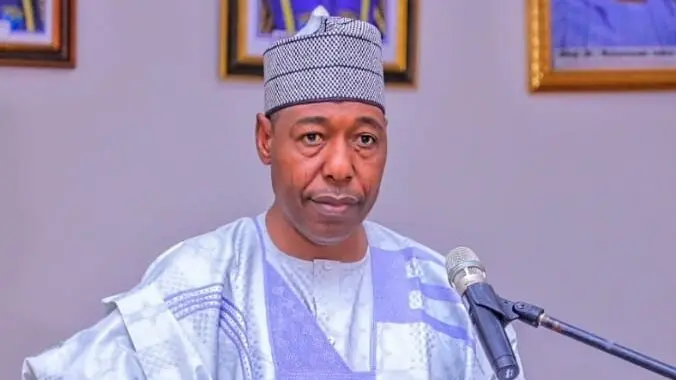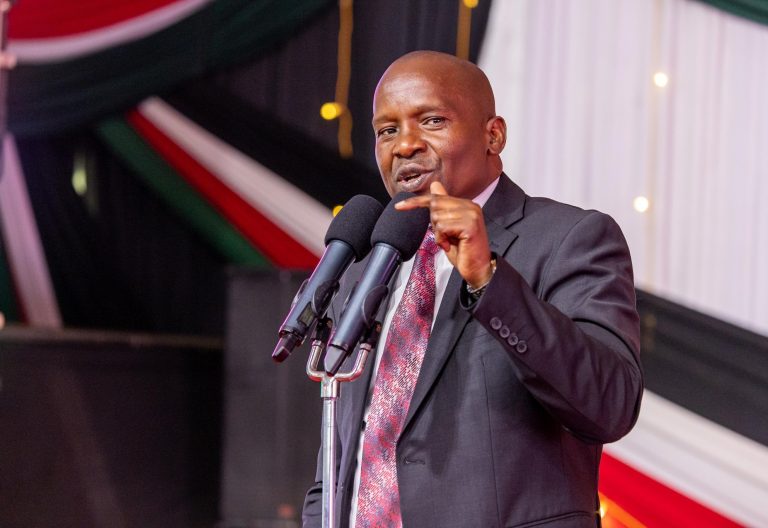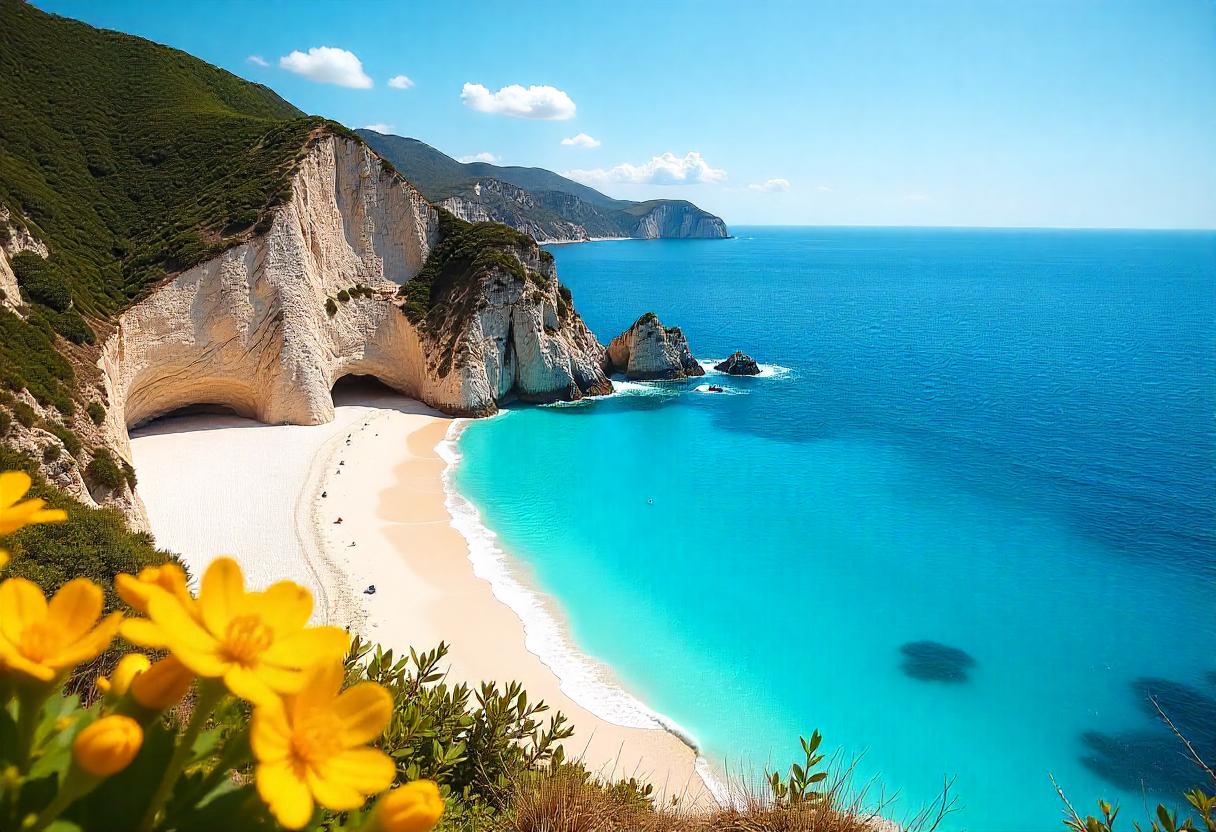Guyana's oil revolution
Celebrated as one of the world's only net zero countries, Guyana is adjusting to a new role: petrostate
SBM Offshore
As a place that's about 85 per cent covered in rainforest, Guyana has long been an environmental darling for being a carbon sink, rather than a net emitter like most countries around the globe.
Protecting its rainforest has also been profitable for Guyana, earning the Latin American country hundreds of millions of dollars through a groundbreaking agreement with Norway in 2009, along with several subsequent deals to sell carbon credits.
But then, the country struck the proverbial gold mine, when offshore oil was discovered in 2015. Production began about five years later.
"Some persons saw it as a blessing: 'We're going to finally be rich, we're going to be the Dubai of the Caribbean,'" said Benita Davis, project co-ordinator at Policy Forum Guyana, a network of 23 organizations focused on climate change.
"Everybody got really excited, while the environmentalists shook in their boots."
Part of the concern is that the capital, Georgetown, and other coastal communities in Guyana are especially vulnerable to climate change, as they sit below sea level. Researchers have warned that those communities — where about 90 per cent of the population lives — could be underwater by 2030, according to the research group Climate Central, using data from the United Nations' Intergovernmental Panel on Climate Change (IPCC).
A 450-kilometre seawall has so far protected vast amounts of the country from Atlantic Ocean flooding. Yet many in the country have rejected the warnings of climate experts, as dozens of new buildings have been constructed near the ocean within the last year.
"In a blink of an eye, it's going to be upon us," said Davis. "If you look at the way the climate has been changing, it's going to happen."

At the same time, the majority of Guyana's population has lived in poverty for decades, earning less than $5.50 US a day, according to the World Bank. After being so poor for so long, Guyana is finally getting a taste of prosperity after becoming the world's newest petrostate.
Late last year, the government gave every adult a one-time payment of about $700 Cdn.
At an energy conference in Houston, Texas, in March, the country's president, Mohamed Irfaan Ali, said there's room to not only grow the fossil fuel industry but use it as a catalyst for other development in the country.
"We are already known for our environmental and climate credentials," he said. "But we want Guyana to be known as an economy that was propelled by revenue from oil and gas."

Guyana first began producing oil five years ago, and the oilpatch is now the country's largest industry. It also has plenty of potential for expansion, with reserves of about 11 billion barrels, ranking it in the top 20 in the world, similar to countries like Norway and Brazil.
Ali's message to executives and investors at the March energy conference was simple: "Put Guyana on your radar."
Guyana produces about 650,000 barrels of oil a day, usually destined for refineries in Europe and Asia. Production is expected to more than double to 1.3 million by 2027. By comparison, Canada produces about five million barrels per day right now.

Over the next decade, Guyana could lead the world in growing its oil output, according to the International Energy Agency.
But the country faces the difficult balancing act of addressing a lengthy to-do list to modernize the country, improve basic infrastructure and services and retain its educated workforce after historically suffering from a brain drain.
There's also the dire need to save for the future to ensure the boom provides lasting change. So far, the country's upstart sovereign wealth fund is already worth more per person than Alberta's decades-old fund.
There's a common saying in Guyana in recent years that if you visit and come back two months later, it will have changed.
Such is the reality in a country where practically every city and village is a construction zone. Around the clock, semi-trucks haul rock and sand on highways and rural roads to countless building sites as new highways, bridges, hospitals, schools and ports are erected.
The changes are also visible in the aisles at Mattai's, the country's oldest grocery store. It now carries items like wine, pasta sauce and pad Thai in response to the influx of immigrants from around the world; it has also expanded its frozen food section to meet the needs of local residents working longer hours. On a recent visit, tins of Tim Hortons coffee grounds were stacked near one till.
The massive changes in Guyana can only be described as "cheese to chalk," said owner Harry Mattai, whose parents started the business.
Mattai and some family members left in the 1970s and '80s to live in Toronto as Guyana struggled with political instability, corruption and a poor economy. These days, the store is bustling, as more Guyanese earn higher incomes and join the middle class.
"We continue to grow. Thank the Lord we continue to grow," said Mattai.

The building boom arrived swiftly as the first barrels of oil were pumped from seafloor to the surface about 150 kilometres off the coast in late 2019.
A consortium led by U.S. major Exxon Mobil has now invested more than $50 billion US to produce oil off the coast of Guyana, with three operational mega-projects and another five in development. The offshore natural gas industry is growing, too.
Japan-headquartered MODEC is one of the companies Exxon contracted to operate a large oil production and storage ship. The company's workforce is growing from 31 this year to more than 230 next year, when the 350-metre-long vessel arrives.
"It's really wonderful to build the company from scratch in a country as booming as Guyana is," said Rafael Fumis, country manager for MODEC Guyana, during an interview at the company's temporary office on the outskirts of Georgetown, while a permanent location is under construction in the capital.
"I don't think there is any other place in the world that is going through what Guyana is at the moment," he said.
Guyana is regarded as the fastest offshore oil development in history. But building up the necessary supply chains to support the sector is an ongoing challenge, along with finding enough skilled workers.
"Capacity, capacity, capacity," said Martin Cheong, country general manager for SBM Offshore Guyana, which also operates production and storage vessels. "We've worked with a number of persons to ensure that we support stakeholders in building that capacity."
The company offers its own training and has student outreach programs to entice youth to the industry.

The oil bonanza has attracted international brands from Starbucks to the Hard Rock Cafe and reshaped Georgetown, which is known for its narrow, tree-lined streets and colonial architecture.
In 2024, Guyana's economy grew by 44 per cent, leading the world for the fifth straight year. By comparison, Canada's GDP grew 1.5 per cent.
To show the country's rapid development, economist Richard Rambarran took CBC News to a rooftop Italian restaurant in the centre of Georgetown. He pointed out completed projects, such as a new nine-story hotel and several buildings under construction as cranes lift materials to the top of new residential towers.
"Three decades ago, we were amongst the poorest countries in the entire Western Hemisphere," he said.
Komal Singh, the owner of Gaico Construction, told CBC he is confident there's no better place to invest than Guyana. The 55-year-old sipped a bottle of water while sitting in the company's small office building in Georgetown after returning from a job site in the 33 C heat.
"The opportunity we have right now is so much and the pie is so huge," he said.
Gaico began about 30 years ago as a small family business and has grown to employ more than 300 people, including contractors, and builds all types of projects, from roads and bridges to pipelines and dredging operations.

Yet the Guyanese are well aware of how neighbouring Venezuela squandered its oil boom. In the 1970s, that country was riding high with a never-ending oil bonanza. But an over-reliance on the oilpatch, along with corruption and mismanagement, have led to near economic collapse in Venezuela.
"If you have an abundance of wealth and it's not managed properly, then definitely, you can go right down to ground zero," said Singh.
President Ali dismisses questions about so-called "Dutch disease" — when one industry becomes too big, so other sectors suffer — as “boring.”
The answer is investing in infrastructure to ensure a resilient economy, he said.
Guyana has held the rare distinction of being a net-zero emitter — meaning it captures as much carbon as it produces — even as its oil industry continues to expand. At COP26 in Glasgow, Scotland, in 2021, President Ali even pledged to reduce the country's emissions 70 per cent by 2030.
"It is conflicting," said Aiesha Williams, conservation director with WWF Guianas, during an interview in Georgetown's botanical gardens.
"Oil and gas development has impacts that are not positive for the environment. It's a known fact, no matter what."
Guyana's dense forests "complement" the industry's decarbonization efforts, said Cheong.
"What we do in terms of impact to the environment is at most minimal," he said.
Forests in Guyana cover approximately 18 million hectares. A report put out by the government of Guyana estimated this tree cover removes about 150 megatonnes of carbon on an annual basis.
Total emissions from the country's energy sector grew from 4.9 megatonnes of carbon dioxide equivalent in 2020 to 6.1 megatonnes in 2022, according to the government's most recent report.
That's a miniscule amount compared to Canada's total emissions of 694 megatonnes in 2023.
But it's also largely due to emissions accounting. Since most of the oil produced in Guyana is exported, the country only counts the emissions from the production of the crude, while the emissions from refining and consumption in vehicles counts against the country that imports the oil.
For now, the roaring economy continues and will likely last for several more years to come, said Singh, the owner of Gaico Construction, whose projects include a pipeline to transport natural gas to a new power plant.
"To say that we shouldn't produce more oil, I will not agree. We in Guyana have suffered for decades now," said Singh, pointing to the opportunity now to "make sure that our people live a better life. And I think we should capitalize on that."
The better life, he hopes, will encourage more young people to stay in Guyana. That includes his son Krishan Singh, who went to college in Florida but has returned to join the family business.
"It's exciting because there's so many people coming in from all over the world," said the 23-year-old Krishnan. "I mean, in the past year alone, I've worked with someone from each continent."

Adjusting to the trappings of newfound oil wealth brings its own challenges, including soaring prices for materials and labour. The starting salary for a construction labourer with no experience has doubled within the last 12 months.
Guyana has a population of about 800,000 people and private industry leaders estimate the country is short 100,000 workers. The demand for labour is so high, construction companies often poach workers from competing firms.
"What we have going on in Guyana is so tremendous and so transformative that a small population and even a tinier labour force cannot support what we are being faced with," said Rambarran, an executive member of the Georgetown Chamber of Commerce.
The labour shortage could persist for another five or 10 years, said Singh. But there are other challenges that come with such a frenetic pace of development.
Increased traffic congestion and gridlock are becoming common. At her roadside fruit stand, Kalawatte Brijmohan has seen and heard all the new vehicles over the last five years.
Selling bananas, limes and black-spiced mangos is how the 71-year-old makes some extra money to supplement her pension to help pay for medication. She's happy the country is thriving, but it's not ideal for the fruit stand, because so many more vehicles are driving by.
"I'm afraid to sell here. You have to take more caution on the roadside," she said, while sitting under an umbrella to stay cool and block the sun.
Later this year, construction will begin to double the size of the two-lane road, which will take over half her front yard.
"It'll be very hard," she said.

The sounds of excavators can also be heard in the background as nearly three dozen students train on a two-storey open-air industrial simulator at the Guyana Technical Training College. The campus has more than doubled in size to accommodate the increased demand for oilpatch workers, while also offering new hospitality and agri-tourism programs.
Currently, the offshore oil industry students train for six months at the college followed by 12 months in Canada at the Nova Scotia Community College — a partnership that makes up for the lack of proper training facilities and experienced instructors in Guyana. (Oil has been produced off the shores of Atlantic Canada for more than three decades.)
Soon, the students will be able to complete the full 18-month program in their home country.
"We have to train our own people. We have to train the human resources to take charge of the operations in oil and gas and one day to become the leaders," said the college's director, Clement Sankat, who received his engineering doctorate from the University of Guelph.
WATCH | An inside look at Guyana’s growing training college for oilpatch workers:
Beginning this year, Guyana’s government made tuition free to help grow the skilled workforce. For decades, most of its educated population left the country because of limited opportunities here.
"It is sad that we have lost so many. I mean, they say Guyana has lost about 50 per cent of its people. Many have gone to Canada. I went to Canada but I came back, but many have gone to Canada and it is not so easy to bring them back," said Sankat. "They must see a future here."
The opportunities have to come in many industries and throughout the country, so everyone feels they are benefitting from the booming economy, said Sankat.
"You can see how this can be transformative for Guyana, providing we keep our eyes on the ball that it has to be a sustainable economy. It cannot be an oil and gas-driven economy only," he said. "We will go downhill."
Many hope the balancing act will extend to include the country’s environment, so Guyana can grow its energy sector and bring the quality of life to its population that so many enjoy around the world, while keeping its emissions in check at a level that is the envy of other countries.











